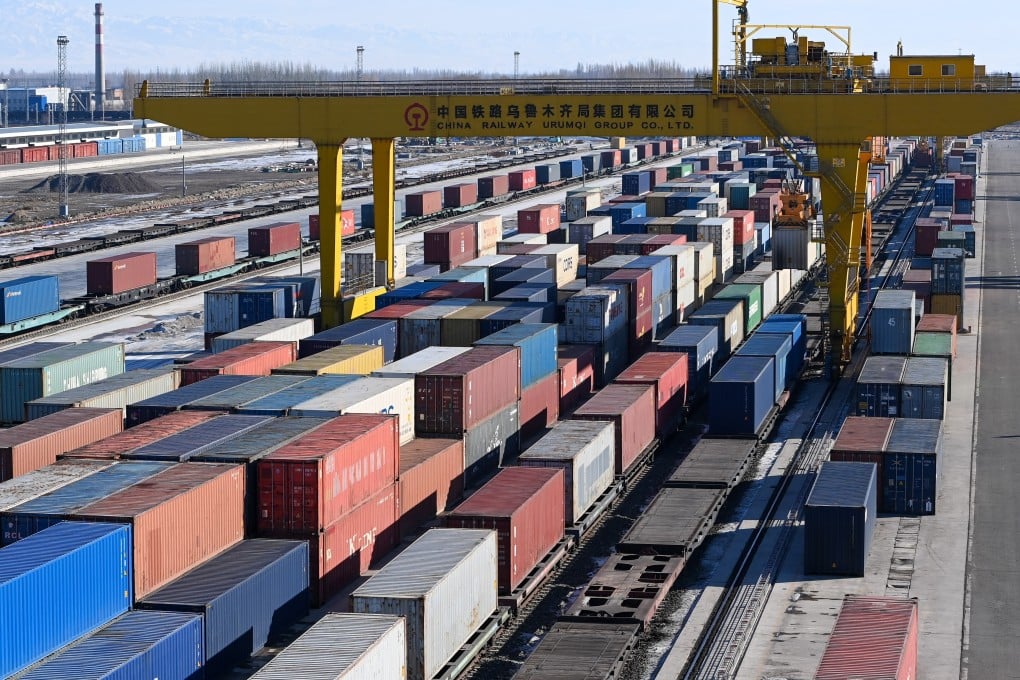Advertisement
Xinjiang exports rattled by coronavirus outbreaks in Central Asia as risks from US sanctions loom
- The share of exports in Xinjiang’s gross domestic product is declining, from 9.2 per cent in 2019 to 6.84 per cent in the first half of 2021
- Lacklustre export data has stoked worry about the impact of US sanctions, but virus outbreaks in Central Asia pose a bigger threat
Reading Time:6 minutes
Why you can trust SCMP
10

This is the third in a series of stories looking at China’s Xinjiang province and how the far-western region is coping economically under a series of US sanctions over alleged human rights violations and the widespread use of forced labour.
Advertisement
As the manager of a cross-border logistics company at Horgos Port on the border of China’s far west Xinjiang Uygur autonomous region and Kazakhstan, Zhang Junke has been struggling with dwindling business for the past year and a half.
One of his biggest clients in Almaty, Kazakhstan’s largest metropolis and trading hub, recently stopped taking orders of engineering products, most of them made in Xinjiang, because of a coronavirus outbreak that halted work at a construction site.
“Previously, orders from them required more than a dozen trucks each month,” Zhang said. “Now they are all gone.”
Many parts of China have benefited from roaring exports over the past year due to demand for work from home products and medical equipment in countries struggling to contain virus outbreaks. But Xinjiang, which borders eight nations – more than any other provincial jurisdiction in China – has struggled to keep up with the pace.
First off, we need to recognise that Xinjiang’s economy isn’t really export driven; it’s much more dependent on investment
Its exports have been hit by dampened demand in neighbouring Central Asia, skyrocketing freight costs, and US sanctions over alleged human rights abuses of Uygurs and other Muslim minorities, charges which Beijing has repeatedly denied.
Advertisement

Advertisement